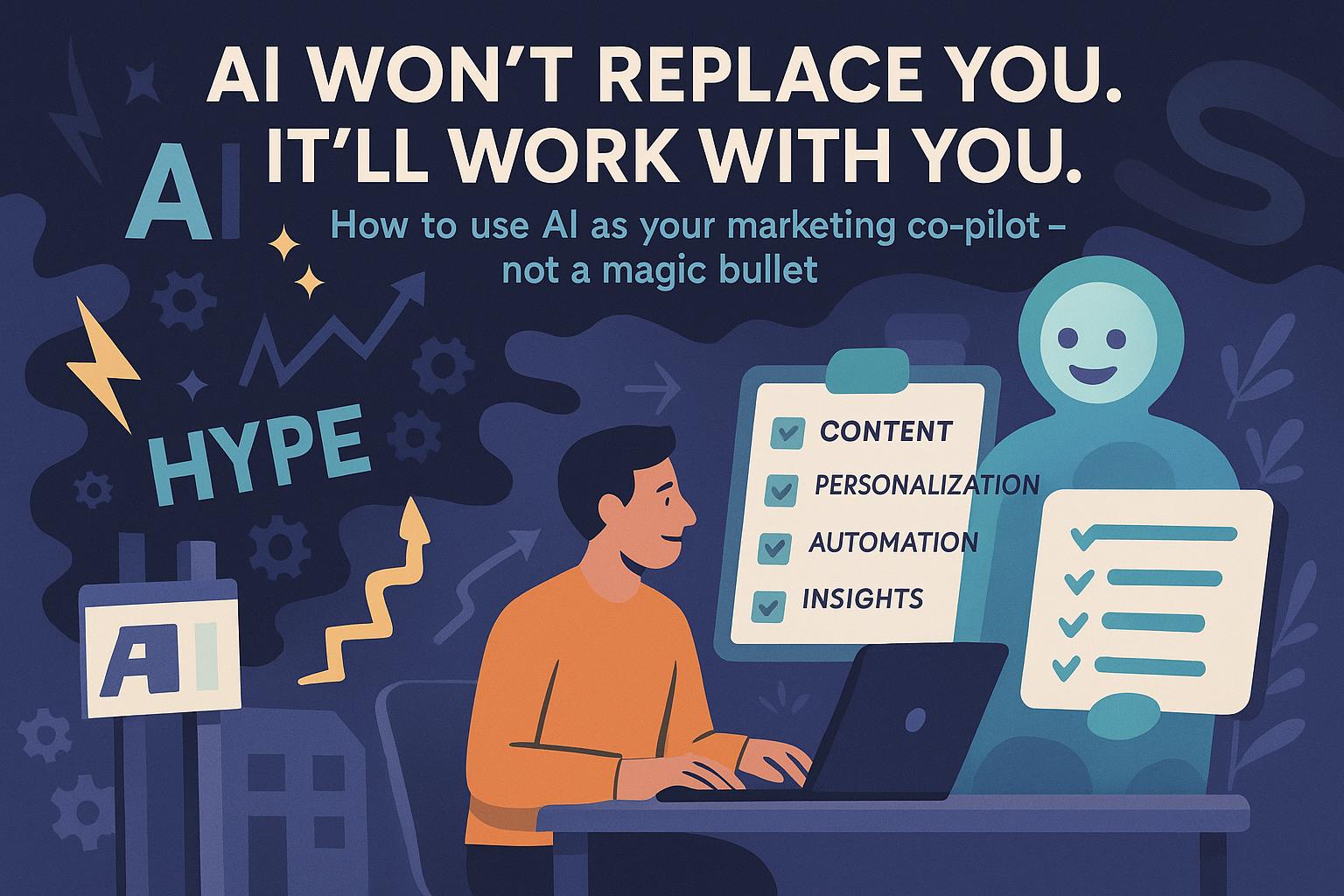Introduction: The Power of Place: Marketing in the Moment
Picture this: you are walking down the street, and as you pass a local bookstore, your phone buzzes with a notification for a 20% discount on the latest bestseller. This is not a coincidence; it is the power of location-based marketing in action. In an age of digital noise, the ability to deliver the right message at the right time and in the right place is more valuable than ever. For local businesses, this represents a golden opportunity to cut through the clutter and connect with customers in a highly personal and immediate way. As we forge ahead, geo-fencing and proximity marketing are no longer just buzzwords but essential tools for any business looking to gain a competitive edge.
Geo-Fencing: Drawing the Digital Line
At its core, geo-fencing is the practice of creating a virtual boundary around a specific real-world geographical area. When a user with a location-enabled device enters or exits this "fence," it triggers a pre-programmed action, such as sending a push notification, an email, or a text message. This technology works by using a combination of GPS, RFID, Wi-Fi, and cellular data to pinpoint a user's location. The applications are vast and powerful. A restaurant could send a lunch special to people working in a nearby office building, or a retail store could target shoppers in a competitor's parking lot, a strategy often referred to as competitor conquesting. This tactic can be a crucial part of any competitive strategy, a topic further explored in the ignored competitor analysis.
Proximity Marketing: Closing the Distance
If geo-fencing is about casting a wide net in a specific area, proximity marketing is about precision targeting on a micro-level. This technology takes hyper-targeting to the next level by engaging customers within a much smaller and more immediate radius, often down to a few feet. Proximity marketing typically relies on technologies like Bluetooth beacons, NFC, and Wi-Fi hotspots to interact with users' devices. The in-store applications are particularly compelling. A customer lingering in the electronics department could receive a notification about a special offer on a new TV, or a shopper in a grocery store could get a recipe suggestion based on the ingredients in their cart. This level of personalization can dramatically enhance the customer experience and drive immediate sales.
The Business Impact: Why Location is the New King of Marketing
The benefits of location-based marketing for local businesses are undeniable. The most obvious advantage is the ability to drive foot traffic. By sending timely and relevant offers to nearby customers, businesses can entice them to visit their physical locations. Once inside, proximity marketing can be used to boost sales by delivering personalized promotions and product information. Beyond the immediate impact on sales, location-based marketing provides invaluable data and insights into customer behavior. By analyzing how customers move through a store or a neighborhood, businesses can make more informed decisions about everything from store layout to product placement. Understanding these metrics is key, and if you're ever wondering, "is my marketing working?", location data can provide clear answers.
Your Location-Based Marketing Playbook: A Step-by-Step Guide
Getting started with location-based marketing can seem daunting, but it can be broken down into a few simple steps. First, it is crucial to define your goals. Are you trying to increase foot traffic, boost sales of a specific product, or build customer loyalty? Once you have a clear objective, you can choose the right technology for the job. For larger areas, geo-fencing is the way to go, while proximity marketing is ideal for in-store engagement. The next step is to craft a compelling offer that is timely, relevant, and valuable to your target audience. Finally, it is essential to measure, analyze, and optimize your campaigns to ensure you are getting the best possible return on investment. Many of these strategies are core components of effective digital marketing for small businesses.
The Trust Factor: Navigating the Ethics of Location Data
With great power comes great responsibility. The use of location data in marketing raises important ethical questions about privacy and consent. To build and maintain customer trust, it is essential to be transparent about how you are using their data and to always obtain their explicit consent. Best practices include providing a clear and easy-to-understand privacy policy and giving users control over their location settings. It is also crucial to avoid the "creep factor" by not overwhelming customers with too many messages. Adhering to data privacy regulations like GDPR and CCPA is not just a legal requirement but a moral imperative. A well-executed pay-per-click campaign, for example, respects user choice and privacy while delivering targeted ads.
The Future is Local: What's Next for Location-Based Marketing?
The future of location-based marketing is bright and full of exciting possibilities. The integration of artificial intelligence and predictive analytics will enable even greater personalization, allowing businesses to anticipate customer needs and deliver offers before they even ask. The rise of smart cities and the Internet of Things will create a world where everything is connected, opening up new opportunities for seamless and context-aware marketing. As we look to the future, the demand for hyper-personalized experiences will only continue to grow, making location-based marketing an indispensable tool for businesses of all sizes. The trends point towards a future where AI and hyper-personalization are central, as discussed in the future of local SEO in 2025.
Conclusion: Put Your Marketing on the Map
Geo-fencing and proximity marketing have leveled the playing field, allowing local businesses to compete with larger brands by leveraging the power of location. By delivering timely, relevant, and personalized messages, businesses can cut through the digital noise and create meaningful connections with their customers. However, it is crucial to approach these technologies with a customer-centric mindset, always prioritizing transparency and trust. By embracing an ethical and strategic approach, you can put your marketing on the map and unlock the full potential of location-based marketing.
